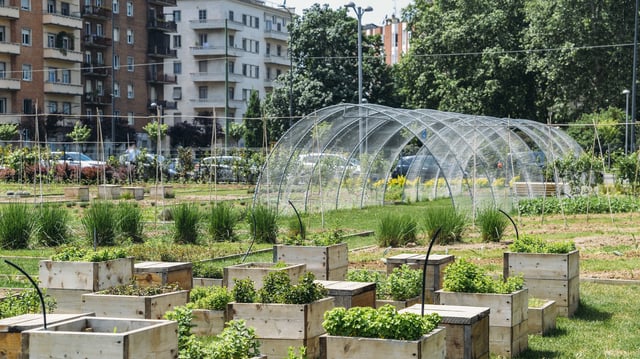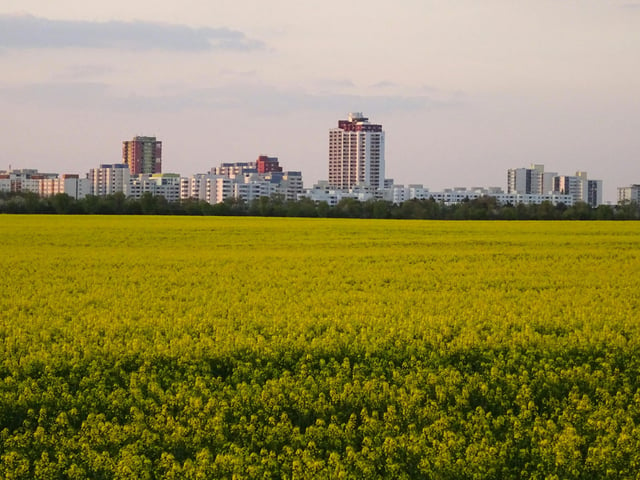Overview
- A PLOS One study finds urban agriculture can only meet 20% of a median-sized city’s food needs during a global crisis.
- Feeding an entire city like Palmerston North, New Zealand, would require converting 1,140 hectares of nearby farmland and 110 hectares for biofuel crops.
- Optimal crops vary by scenario: peas and potatoes for normal climates, and sugar beets, spinach, wheat, and carrots for nuclear winter conditions.
- The study highlights the risk of global trade disruptions from events like nuclear war or pandemics, which could cripple industrial food systems.
- The research offers a transferable methodology for cities worldwide to assess food security and enhance resilience planning.


